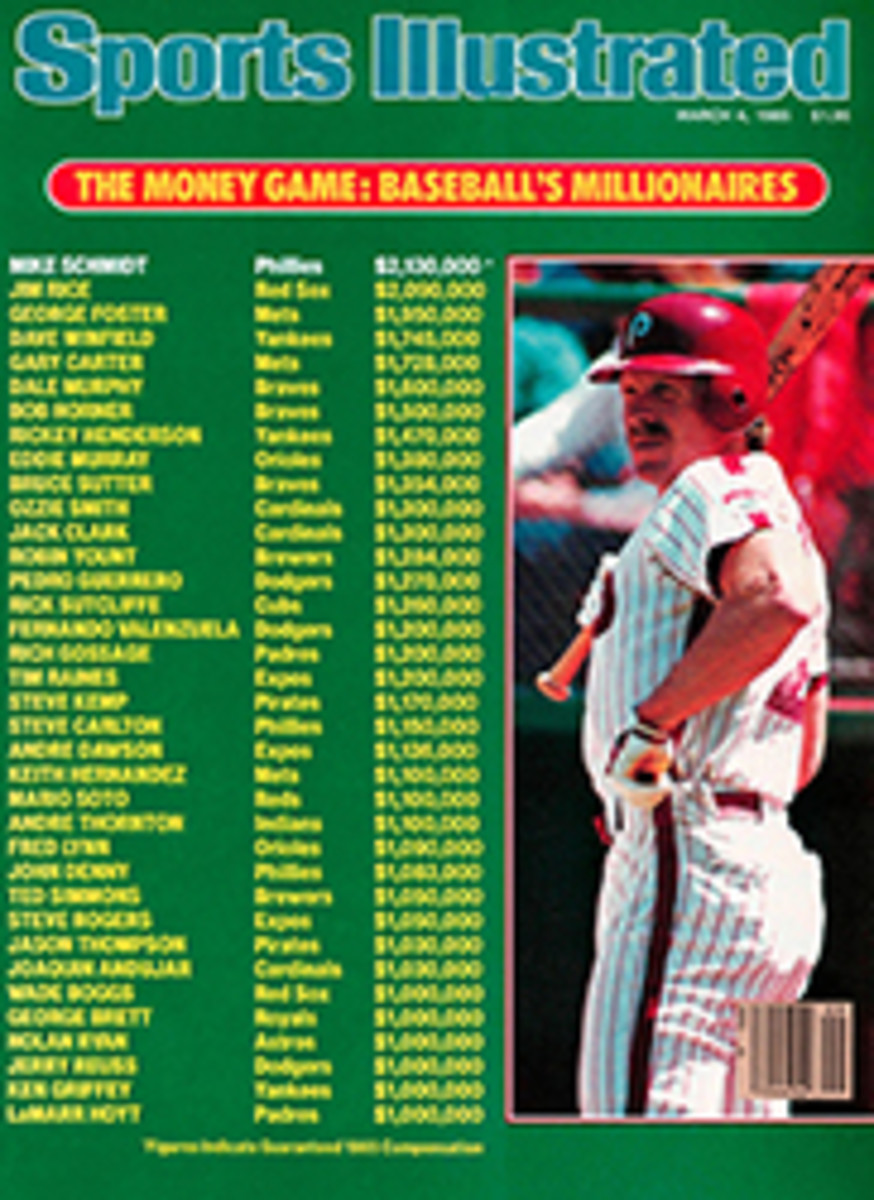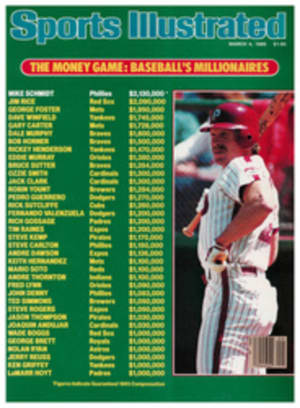
WHEN WILLIE BROWN IS ON THE COURT, ACTION SPEAKS LOUDER THAN WORDS
The scoreboard clock showed 13:28 remaining in the first half when freshman Willie Brown made his home debut for Hofstra University in early December. It was alumni night, and a mixture of old and young filled the stands—Flying Dutchmen from as long ago as 1948 cheering alongside members of the class of 1988. Neither group knew much about Brown as a basketball player, just that he was tall and skinny.
Before long, however, they knew a lot more. Midway through the first half the 6'8", 190-pound forward slipped in a layup to increase Hofstra's lead over Virginia Wesleyan to 19-8. Next, snaring an offensive rebound, he sank a baseline 10-footer. Then, before the half ended, he made a silky jumper from a fast break, an inside layup over two defenders and another 10-footer off a missed free throw.
When Brown sat down for good with 4:13 left in the game, Hofstra was on its way to a 105-74 win. He had contributed 13 points, 10 rebounds, four blocks and two steals in just 19 minutes. As he came off the court, the crowd cheered, "Way to go, Willie!" Cowbells clanged. But Brown barely smiled. It was as though he hadn't heard a sound, and, in fact, he hadn't. Willie Brown is deaf.
Twenty minutes after the game ended, Brown stood at midcourt with seven deaf fans. "Thank you very much for coming," he said with his hands. "Yes, it was great to know I can play at this level." His new friends signed back, "We're so proud of you, Willie. This means so much to everyone."
Off to the side, Sharon Getchell, wife of the Hofstra athletic director, Robert Getchell, and the person who interprets coaches' and teammates' comments for Brown during games, stood watching. She learned how to sign in 1981 when her husband was U.S. wrestling coach at the World Games for the Deaf. "You know," she said, smiling, "they'll talk all night if we let them."
Indeed, there was much to say. Willie Brown is the only deaf basketball player at the Division I level. That makes him a symbol of hope for the deaf. Two weeks ago, playing about 11 minutes a game, he was averaging 4.2 points and 3.9 rebounds and leading the East Coast Conference in blocked shots.
Brown, who was born in Macon, Ga., has relied on American Sign Language as his means of communication since age seven. "I was very young when my mother realized I was deaf," Brown says through Stefanie Lewis, an interpreter in Hofstra's Program for the Higher Education of the Disabled. "My doctor said maybe it was because my mother had German measles during her pregnancy. My parents, who were divorcing, thought I'd be better off with my grandparents, so I went to live with them when I was three. They also lived in Macon."
When he was seven, Brown was sent to the Georgia School for the Deaf, 125 miles north of Macon in Cave Springs. There he met Charles Glenn, the longtime (1952-70) basketball coach, who had picked up sign language through manuals. Glenn was still on the faculty, teaching math, and Brown was overjoyed to learn that Glenn's son, Mike, the Atlanta Hawk veteran guard, could also understand sign language.
They met when Willie was 13 and, at 5'10", a tall and talented athlete. Glenn, who now runs two basketball camps for the hearing-impaired, took a special interest in Brown. At those camps, one in Mill Neck, N.Y., the other in Decatur, Ga., Brown picked up pointers from NBA players and applied them on the court, cleaning up in various all-star games Glenn organized. "Willie was at my camps five times, and he always won the camp MVP and scoring awards," says Glenn. "But, to tell you the kind of person he is, the coaches wanted to give him the hustle and spirit awards, too."
In Brown's senior year at the Georgia School for the Deaf he averaged 25.7 points and 18 rebounds at the Class A level. He was named All-State and National Deaf Prep-Player of the Year by The Deaf American magazine. Had his hearing been normal, he might have been offered a scholarship to a major basketball school. As it was, only Georgia Tech, Savannah State, St. Mary's (Calif.) and Hofstra recruited him. St. Mary's and Hofstra offered scholarships, and Brown chose the latter. One reason was that the Hempstead, N.Y. school had received a presidential citation in 1982 for its efforts to help the handicapped. Another was that Brown believed in Flying Dutchman coach Dick Berg. A top-notch NAIA coach (275-80 in 12 years at Dowling College, Oakdale, N.Y.), Berg, 43, was only 56-54 in his first four years at Hofstra. He coveted a rebounder and defensive stopper to blend with his four returning starters this season. Berg liked what he'd seen in Brown—a scorer who had high-jumped 6'9" in high school, a kid who played on instinct. Moreover, deafness was a part of Berg's past—both of his paternal grandparents were unable to hear.
"But," says Berg, "the biggest question was did I want to spend the extra time to make it work for Willie."
He talked to his wife, Sandra, and close friends, weighing their advice and the memory of his grandparents against the potential problems. In the end, Berg took the chance. Last spring and summer, Berg took sign-language classes. He practiced at home with Sandra an hour a night, four nights a week, in preparation for Brown's arrival. In the fall, Berg readied his players. Now, for example, when point guard Robbie Weingard holds four fingers together and out to the side—the letter B in sign language—the Dutchmen fly into their Blue offense. Still, basketball is such a fast and free-flowing game, it's easy to forget the importance of communication.
When the team shifts from, say, a 2-2-1 zone defense to a 3-2, a teammate usually has to yank Brown by his jersey into the proper spot. Still, coach and players seem to accept—and enjoy—the challenge. "It's tough sometimes," says Berg. "But Willie has made us a better team and better people."
Brown is getting along in classes, aided by interpreters who sign every lecture and students who carbon-copy their notes for him. He lives the dorm life with Andy Metz, a freshman fullback on the football team, who is also deaf. "I feel a little shy," says Brown. "But I feel more free in college. If people ask me to teach them sign language, I will. Some girls in the dorm are really improving. They're even holding meetings on their own."
Everyone at Hofstra is proud of what Brown has already accomplished. When he first arrived, the university prepared a memo stressing how much he had in common with the rest of the students. Now everyone realizes that Brown is quite special.
"There's a saying in the deaf community," says Robert Getchell, "that all deaf eyes are watching. Willie can open so many doors for so many kids."
PHOTO
PAUL BERESWILL
Brown depends on hand signals to communicate with his teammates while playing.

